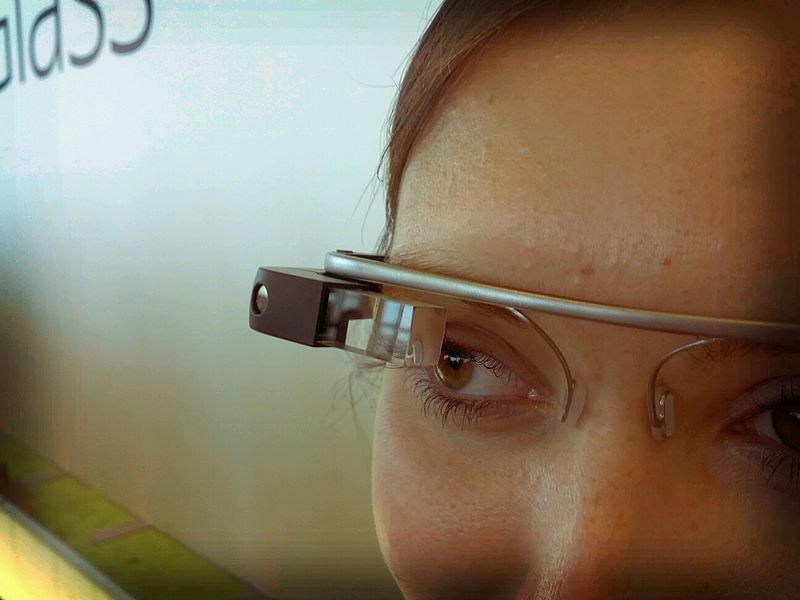For individuals with low vision, everyday activities such as reading, recognizing faces, and navigating environments can pose significant challenges. Traditional aids like magnifiers and glasses offer some relief, but advancements in technology are pushing the boundaries of what’s possible in vision enhancement. Electronic vision enhancement devices are at the forefront of this revolution, providing innovative solutions that can transform the lives of those with low vision. This article explores the latest developments in electronic vision enhancement and how they are making a difference for individuals with visual impairments.
Understanding Low Vision
Low vision is defined as a significant loss of vision that cannot be corrected with standard glasses, contact lenses, or medical treatments. It encompasses a range of visual impairments, including:
- Reduced Visual Acuity: Difficulty seeing details at various distances.
- Peripheral Vision Loss: Loss of vision in the outer edges of the visual field.
- Contrast Sensitivity: Difficulty distinguishing objects from their background.
- Night Vision Impairment: Challenges with seeing in low-light conditions.
Electronic vision enhancement technologies aim to address these challenges by using advanced technology to improve visual perception and overall quality of life.
Types of Electronic Vision Enhancement Devices
1. Electronic Magnifiers
Electronic magnifiers are portable devices that use digital screens to enlarge text and images. They come in various forms, including handheld units and desktop models. Key features often include:
- Adjustable Magnification: Users can zoom in on text or objects to suit their needs.
- Enhanced Contrast: Options to adjust contrast and color settings to improve visibility.
- Text-to-Speech: Some models can convert text into speech, offering an additional layer of accessibility.
2. Head-Mounted Displays
Head-mounted displays, also known as wearable vision aids, are compact devices worn on the head that project enhanced visual information directly into the user’s line of sight. These devices are particularly useful for:
- Hands-Free Operation: Ideal for activities that require the use of both hands, such as cooking or shopping.
- Real-Time Adjustment: Immediate changes in magnification and contrast can be made based on the user’s environment.
3. Digital Binoculars
Digital binoculars combine traditional binocular functionality with electronic enhancements. They offer features such as:
- Zoom Capabilities: Enhanced zoom to view distant objects up close.
- Image Stabilization: Reduces hand-shake and image blurriness for clearer vision.
- Recording Features: Some models allow users to record and review visual information.
4. Assistive Apps and Software
There is a growing range of mobile apps and software designed to assist individuals with low vision. These include:
- OCR (Optical Character Recognition) Apps: Convert printed text into digital text that can be read aloud or enlarged.
- Navigation Apps: Provide audio directions and real-time information for safe navigation.
- Image Enhancement Apps: Enhance photos or live camera feeds for better visibility.
How Electronic Vision Enhancement Devices Work
1. Digital Processing
Electronic vision enhancement devices use digital processing to improve the visibility of objects and text. This involves capturing images through cameras, processing them with algorithms to enhance contrast and magnification, and displaying the enhanced image on screens or headsets.
2. Adaptive Technology
Many devices are equipped with adaptive technology that allows users to customize settings based on their specific visual needs. This includes adjusting magnification levels, contrast ratios, and color filters.
3. Integration with Existing Aids
Electronic vision enhancement devices often integrate with existing low vision aids to provide a comprehensive solution. For example, a digital magnifier might be used alongside traditional reading glasses for added flexibility.
Benefits of Electronic Vision Enhancement
1. Improved Quality of Life
Electronic vision enhancement devices can significantly improve the quality of life for individuals with low vision by enabling them to perform daily activities more independently and comfortably. This includes reading, recognizing faces, and navigating various environments.
2. Increased Independence
By providing enhanced visual information and real-time adjustments, these devices help users achieve greater independence. They can engage in activities that might otherwise be challenging, such as shopping, cooking, or enjoying hobbies.
3. Enhanced Accessibility
Many electronic vision enhancement devices offer features that make them accessible to a wider range of users, including those with different types and degrees of visual impairments. This inclusivity ensures that more individuals can benefit from the advancements in technology.
4. Support for Rehabilitation
Electronic vision aids are valuable tools in vision rehabilitation programs. They assist users in adapting to changes in vision and learning new strategies for managing their visual impairments.
Challenges and Considerations
1. Cost
Electronic vision enhancement devices can be expensive, and the cost may not always be covered by insurance. This can be a barrier for some individuals seeking to access these technologies.
2. Learning Curve
Some devices may have a learning curve, requiring users to become familiar with their features and settings. Training and support are essential for maximizing the benefits of these technologies.
3. Technology Limitations
While advancements are promising, electronic vision enhancement devices may not fully restore vision or address all aspects of low vision. Users may need to combine these devices with other aids and strategies for optimal results.
Conclusion
Electronic vision enhancement technologies represent a significant advancement in the field of low vision aids. By providing enhanced magnification, improved contrast, and real-time adjustments, these devices are transforming the way individuals with low vision interact with their environment. While there are challenges to consider, the benefits of increased independence, improved quality of life, and enhanced accessibility make these technologies a valuable addition to the toolkit for managing low vision. As technology continues to evolve, electronic vision enhancement devices will likely offer even more innovative solutions for those seeking to improve their visual capabilities.

